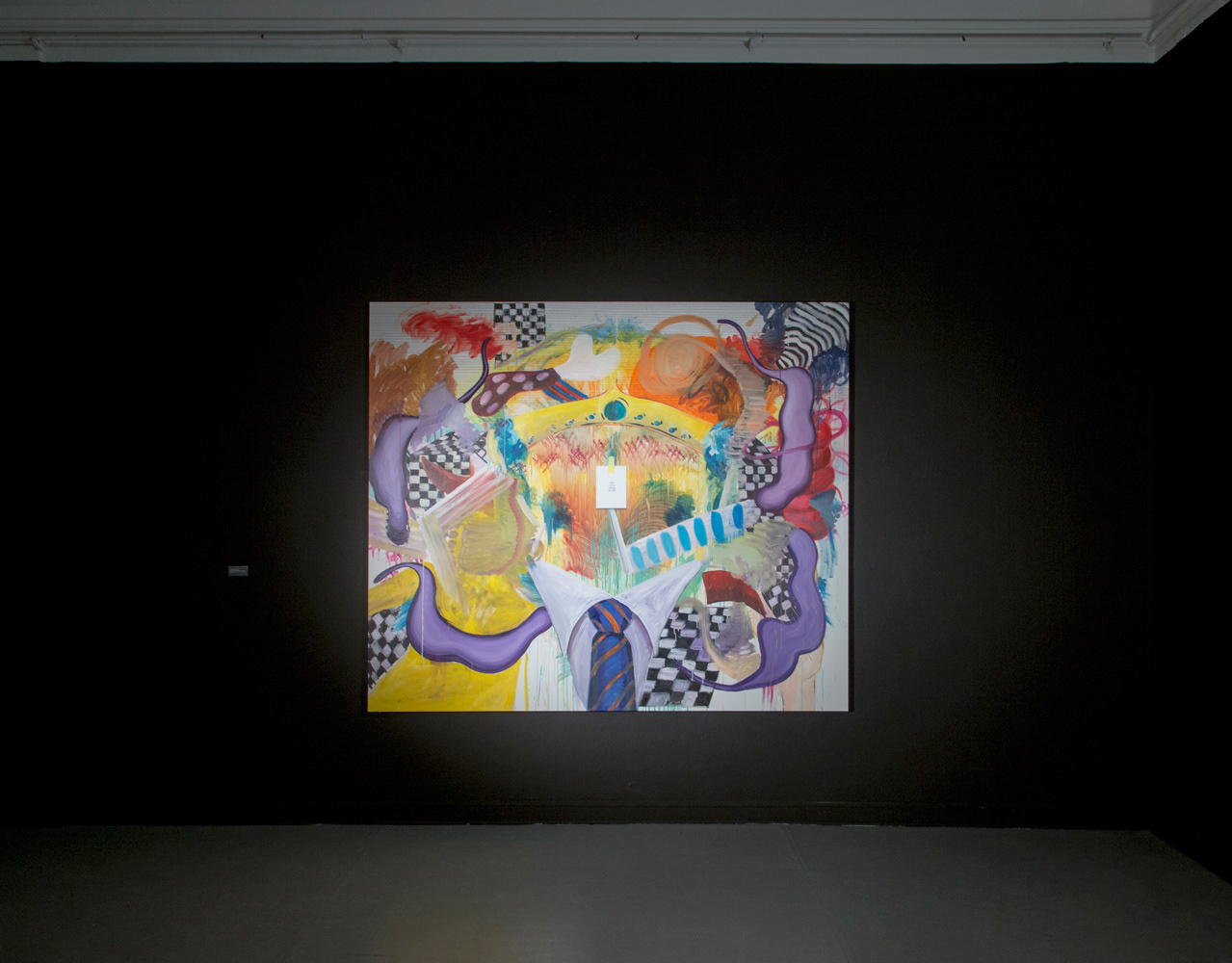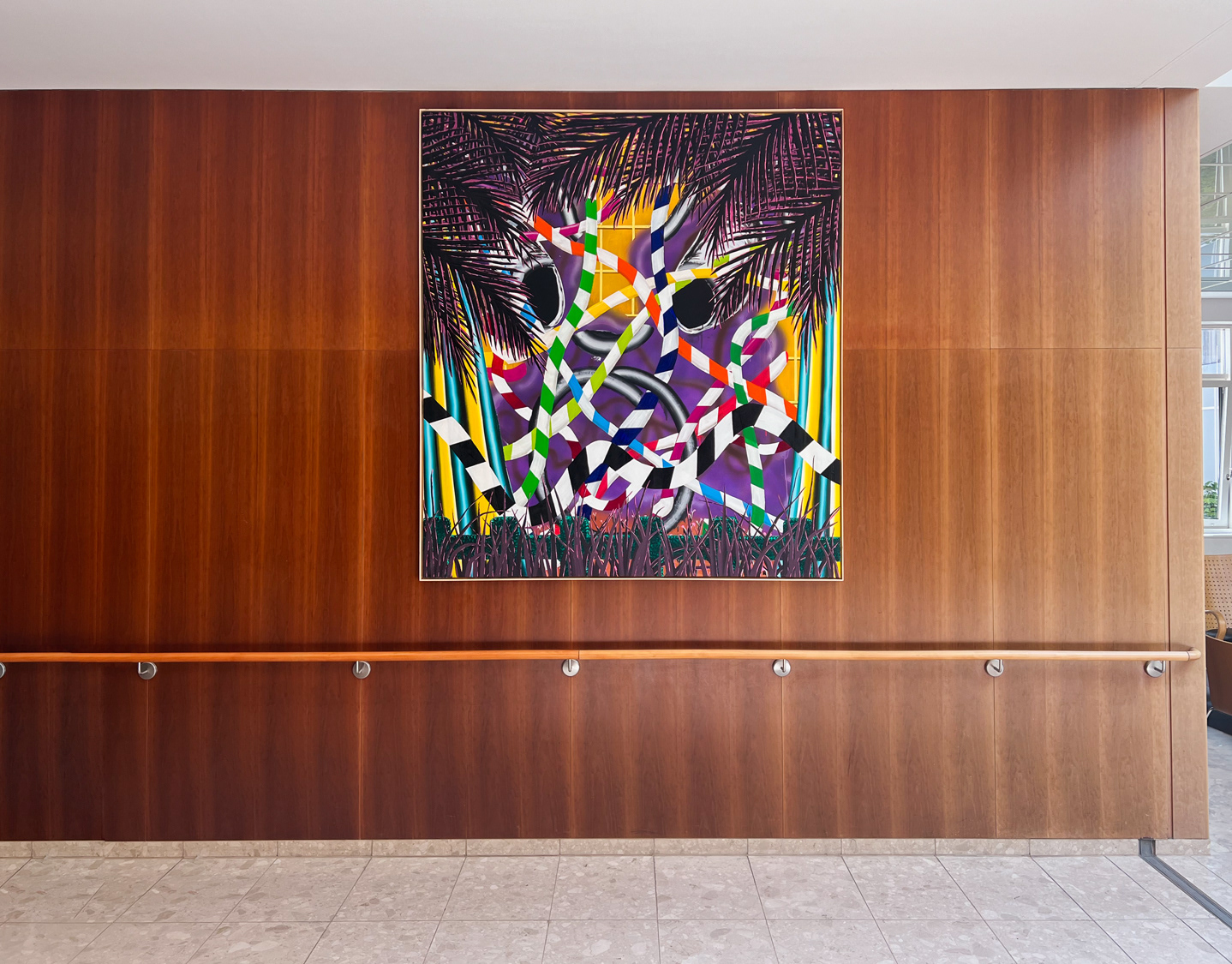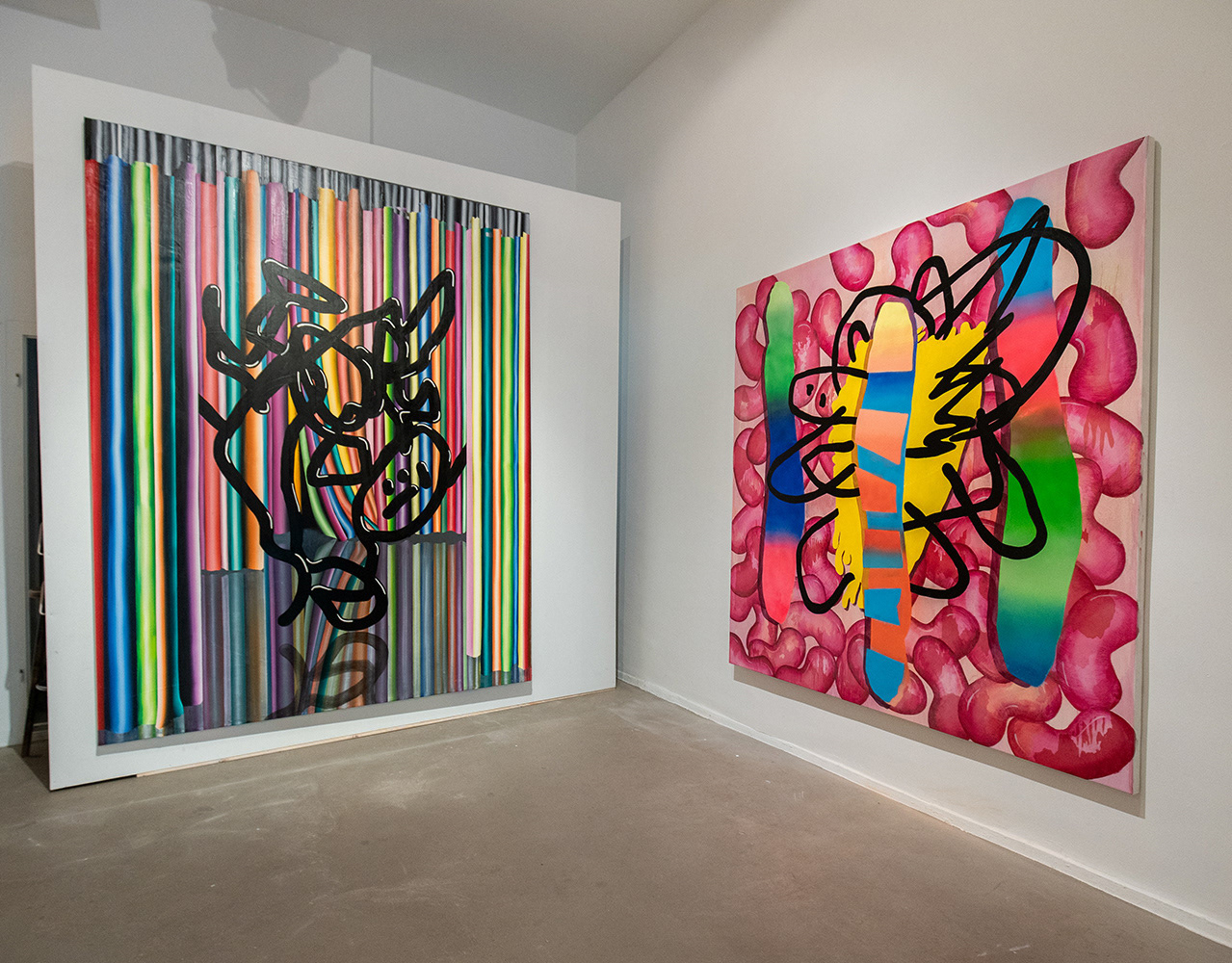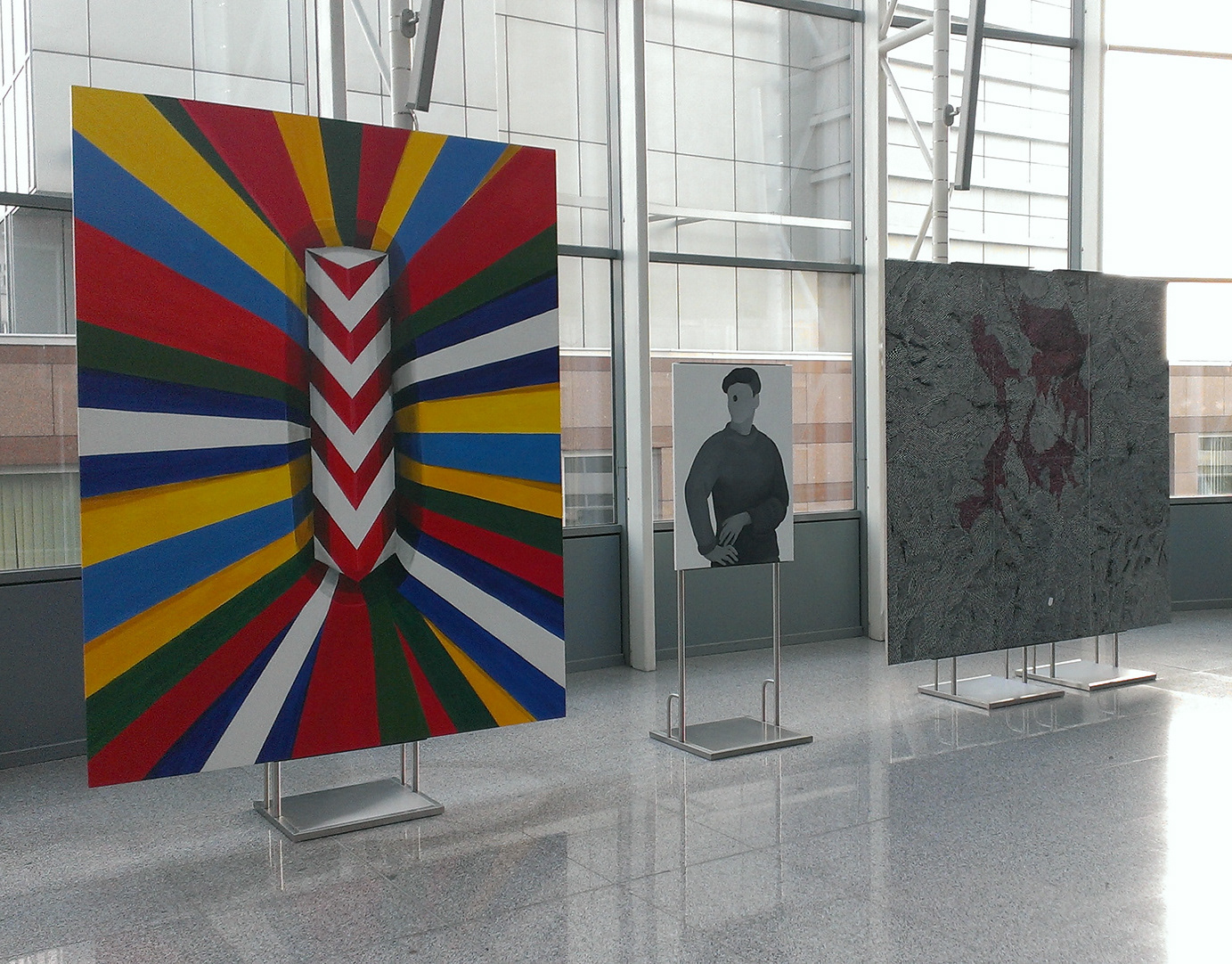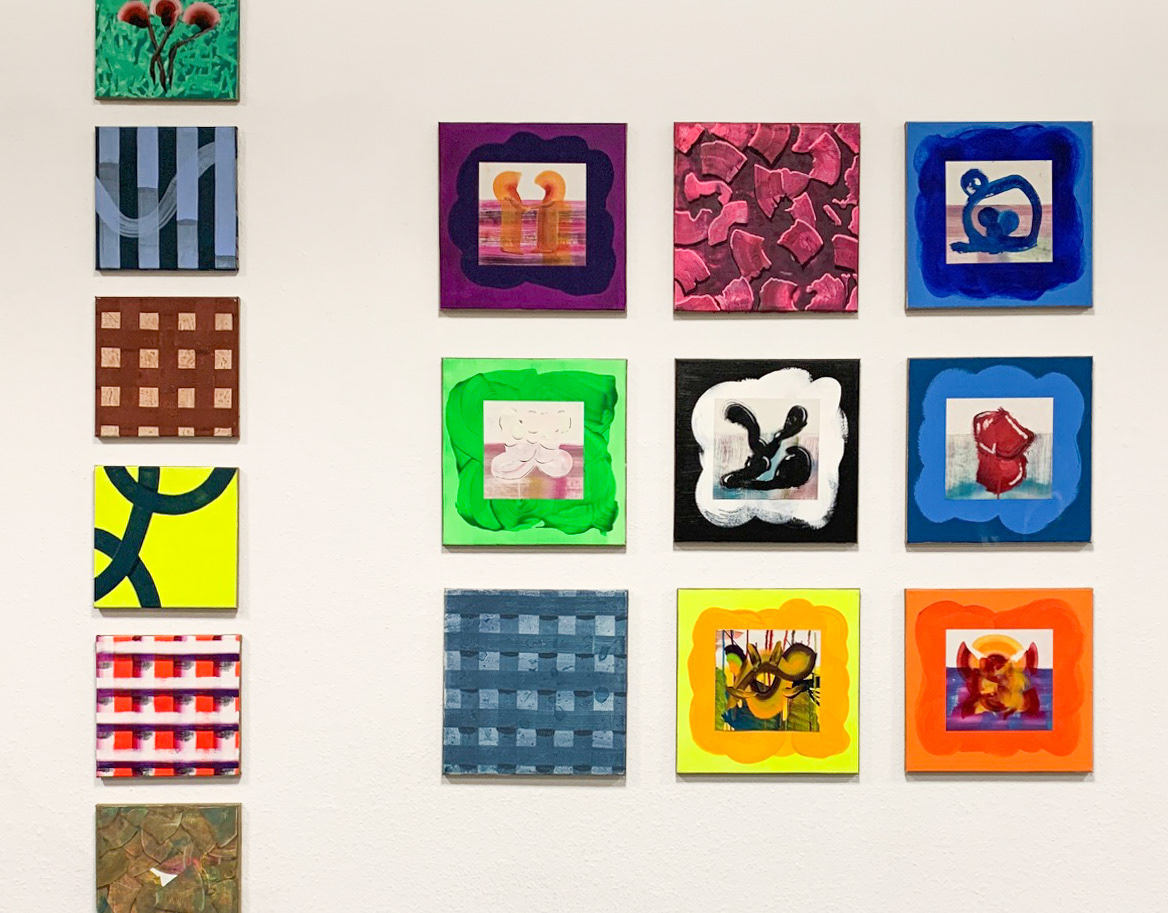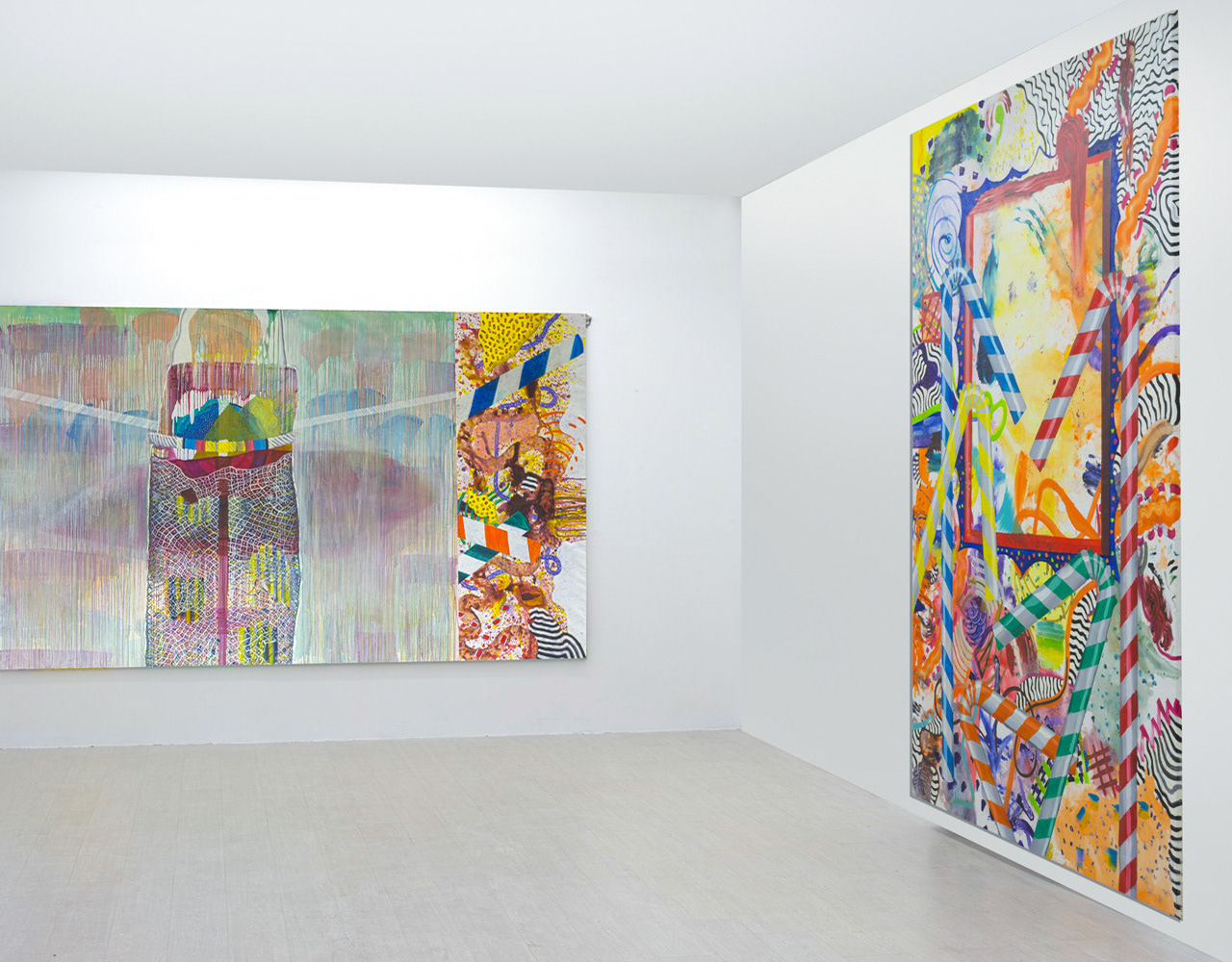Political events have made the concept of borders topical again: Borders are falling, they are shifting, while new ones are being erected elsewhere. Some ignore borders, others lament their disappearance, and still others discover that borders can also connect. Thus, it is part of the essence of the border that it does not only divide and separate the things between which it runs, but also unites them precisely because of this. The border is the place where things that are separated are always in dialogue with each other, refer to each other and unfold their respective meaning in the context of this neighborhood.
Strangely enough, when we think of the term border we always think first of topographical, geographical, political or economic transit spaces. Yet the outer border of our own body is the first instance of our world order. Biologically as well as psychologically, our skin is not only a protective shell alone, but rather a threshold space in which information is exchanged and the "I" and the world are defined, distinguished from each other and at the same time enter into exchange. Through touch, light, warmth, and other biochemical reactions on the (retinal) skin, information is processed that places the "I" in the "other" and conversely constructs our image of the world.
However, this mechanism falters in a post-digital world of smartphones, touchscreens, and the smooth, polished, mirrored, and shiny surfaces of our consumer society. They embody a perfect, optimized haptics without depth and texture. The loss of texture and friction makes everything enjoyable and consumable (like-able). The smooth touchscreen is the surface we touch the most and at the same time a place of demystification and total consumption. It does not produce an image of the "other" but only of what we "like".
If touch is necessary to grasp three-dimensionality, the interpretation of a two-dimensional image as virtual space must include touching its content. If it is not possible to touch with our hands, we can retrieve visual information from the experience of previous touches. We can touch with our eyes.
This archive of haptic memories is thus also a catalog of immediate boundary experiences of our own bodies, through which we locate ourselves in the world and relate - exchange - with it. Thomas Hudson, Monika Karczmarczyk, Ewelina Makosa, and Philippe Rebosz confront us in different ways and from different perspectives with surfaces that reveal themselves to us as threshold spaces - as places of exchange. We can thus approach the works in this exhibition on the basis of arrangement and permeability, of touch and surface. Materials assigned to different containers and then placed in a system of fixed transaction: the specific crossing of a permeable boundary. This suggests the dynamism, the emergence of a body, a synthetic life form that has yet to find its own skin or exterior. We witness its first processes of exchange, its first faltering breaths in this world.
Maximilian Rauschenbach
Installation view "NEW SCARS, OLD BLOOD", GlogauAIR Berlin Gallery, Berlin, Germany, 2021
Installation view "NEW SCARS, OLD BLOOD", GlogauAIR Berlin Gallery, Berlin, Germany, 2021
